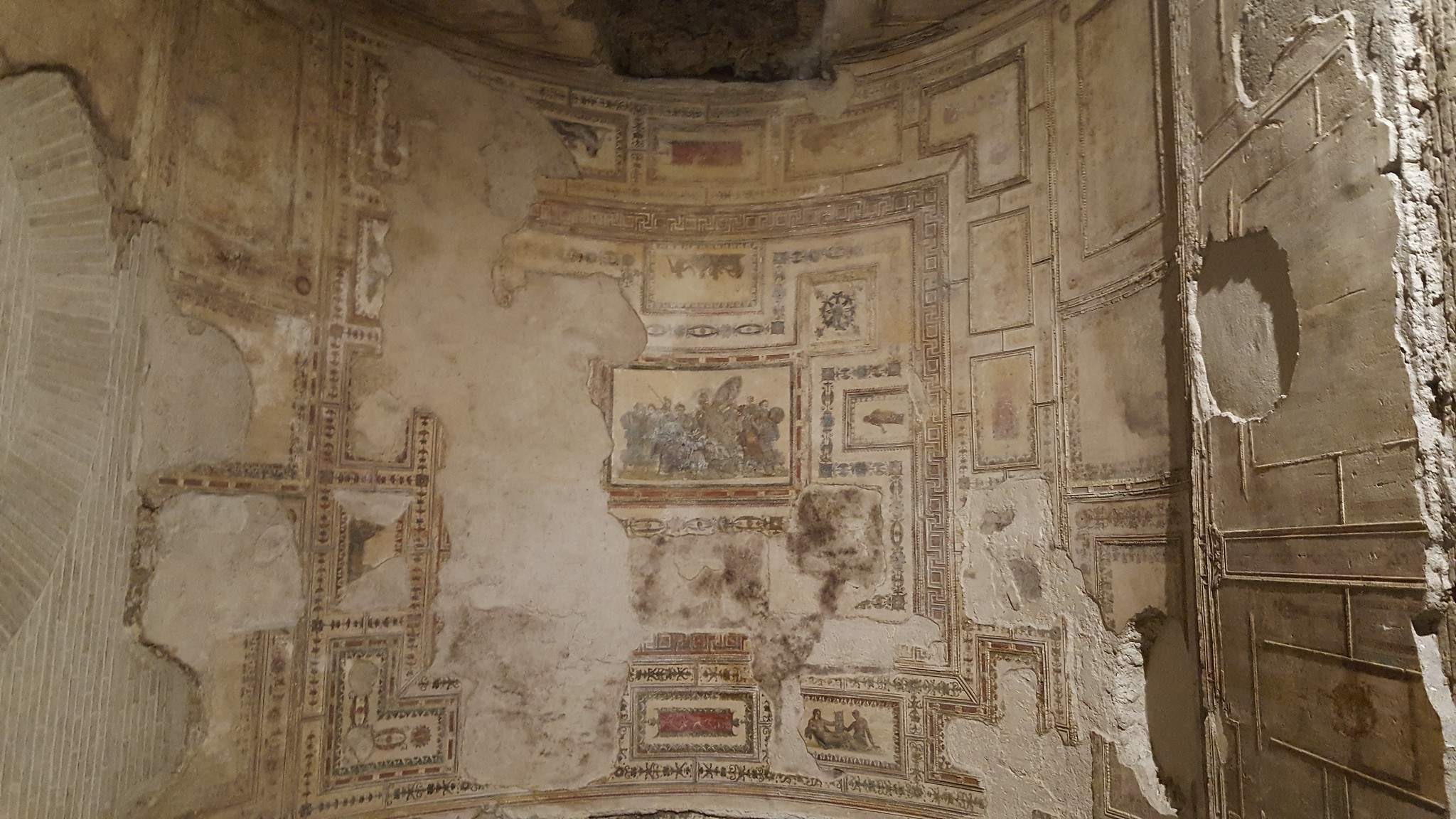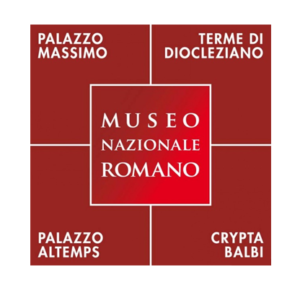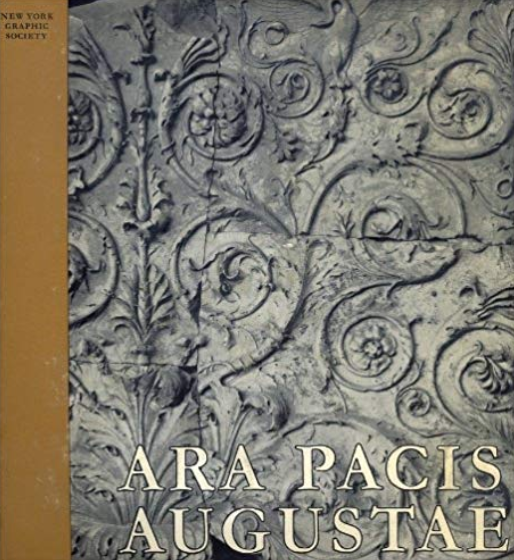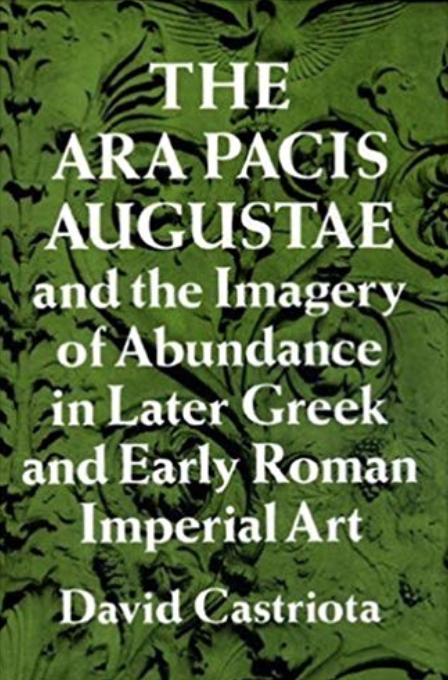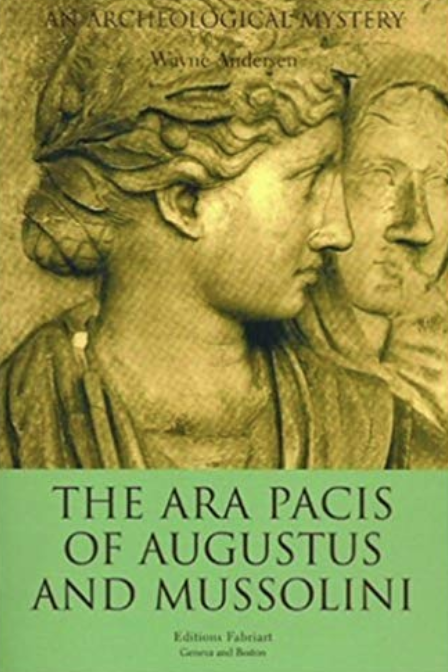The earlier general name for the MONS OPPIUS and MONS CISPIUS (q.v.), the two projections from the high ground on the east of the city afterwards known as the mons Esquilinus. Esquiliae is in form a place-name and was so treated grammatically (Cic. de nat. deor. iii. 63; de legg. ii. 28; cf. Madvig, Kl. Schrift. 299).
Read more:
It is derived from ex-colo (Walde, Etym. Worterb. s.v. ; cf. inquilinus, and for fanciful etymologies, Varro, LL v. 49; Ov. Fast. iii. 245), and meant ‘ an outside settlement,’ that is, the settlement on the Oppius and Cispius when that district was still beyond the limits of the Palatine city. Von Duhn’s explanation (Italische Graberkunde i. 468 sqq.) of Esquiliae as ‘ Nicht-Wohngebiet,’ i.e. necropolis, is tempting. He points out that it was devoted to this use as early as the time of the Kings, though (p. 434) he also notes that very few cremation tombs have actually been found–so far as we can gather from the insufficient reports that are the only sources of our information. In point of time its use is of course later than that of the necropolis of the forum, belonging as it does to the period after the enlargement of the Septimontium into the city of the four regions. Regio Esquilina was the second in the City of the Four Regions (Varro, LL v. 49-50), and comprised the Oppius, Cispius, Subura and Argiletum. Its eastern limit must have been the ancient necropolis which began near the present S. Martino ai Monti (KH i.). After the Servian wall was built, the eastern limit of the region probably coincided with the wall, and the adjacent district beyond was organised as the PAGUS MONTANUS (q.v.). At the end of the republic the PUTICULI (q.v.) were ultra Esquilias (Varro, LL v. 25). This region was well wooded at first, as is shown by the several luci (Fagutalis, Mefitis, Esquilinus, Lucinae) within its limits.
This content is brought to you by The American Institute for Roman Culture, a 501(C)3 US Non-Profit Organization.
Please support our mission to aid learning and understanding of ancient Rome through free-to-access content by donating today.
Cite This Page
Cite this page as: Darius Arya, The American Institute for Roman Culture, “Esquilinus Mons (Esquiline Hill)” Ancient Rome Live. Last modified 08/07/2020. https://ancientromelive.org/esquilinus-mons-esquiline-hill/
License
Created by The American Institute of Roman Culture, published on 07/03/2020 under the following license: Creative Commons: Attribution-NonCommercial-ShareAlike. This license lets others remix, tweak, and build upon this content non-commercially, as long as they credit the author and license their new creations under the identical terms. Please note that content linked from this page may have different licensing terms.
This content is brought to you by The American Institute for Roman Culture, a 501(C)3 US Non-Profit Organization.
Please support our mission to aid learning and understanding of ancient Rome through free-to-access content by donating today.
Ara Pacis Augustae Hardcover – 1968
The Ara Pacis Augustae and the Imagery of Abundance in Later Greek and Early Roman Imperial Art Hardcover – May 26, 1995
The Ara Pacis of Augustus and Mussolini Paperback – April 1, 2003
Cite This Page
Cite this page as: Darius Arya, The American Institute for Roman Culture, “Ara Pacis Augustae” Ancient Rome Live. Last modified 10/24/2019. https://ancientromelive.org/ara-pacis-augustae/
License
Created by The American Institute of Roman Culture, published on 10/24/2019 under the following license: Creative Commons: Attribution-NonCommercial-ShareAlike. This license lets others remix, tweak, and build upon this content non-commercially, as long as they credit the author and license their new creations under the identical terms. Please note that content linked from this page may have different licensing terms.

